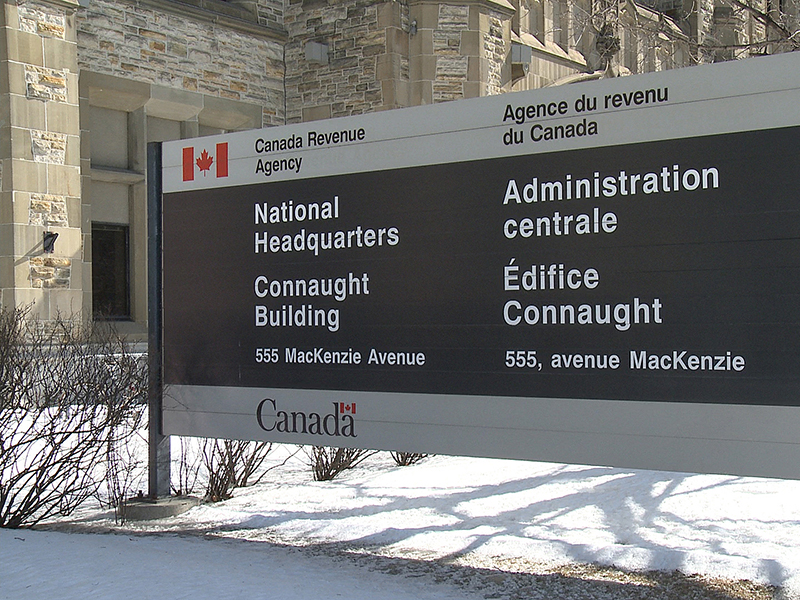
The prescribed rate on loans to family members will be 6% in the second quarter of 2024, and the interest rate Canadians must pay on overdue tax will be 10%. That’s identical to the rates set in the current quarter but up from 5% and 9%, respectively, from the fourth quarter of last year.
On Tuesday the Canada Revenue Agency (CRA) published the prescribed annual interest rates for amounts owed to or by the agency for the period from April 1 to June 30.
The last time the prescribed rate reached 6% was the second quarter of 2001.
The prescribed rate was 1%, and the amount charged on overdue taxes 5%, from the third quarter of 2020 until the rates began rising in the third quarter of 2022.
The rate the CRA charges on overdue tax, Canada Pension Plan contributions and employment insurance premiums is always four percentage points higher than the prescribed rate.
The prescribed rate is calculated based on the average of three-month Treasury Bills for the first month of the preceding quarter, rounded up to the next highest percentage point.
Prescribed-rate loans can be used to split investment income with a spouse, common-law partner or other family member. Loans could be made directly to a family member or to a family trust, which can then make distributions to family members in lower tax brackets as part of a properly executed prescribed-rate loan strategy. However, as the prescribed rate rises, so too must the expected investment return to make the strategy viable.
Other key announcements from the CRA for Q2 2024 include:
- the rate to be paid on corporate taxpayer overpayments will remain 6%;
- the rate to be paid on non-corporate taxpayer overpayments will remain 8%;
- the rate used to calculate taxable benefits for employees and shareholders from interest‑free and low-interest loans will remain 6%;
- the rate for corporate taxpayers’ pertinent loans or indebtedness will decrease to 9.04% from 9.16%.
Access the full list of the CRA’s prescribed interest rates.